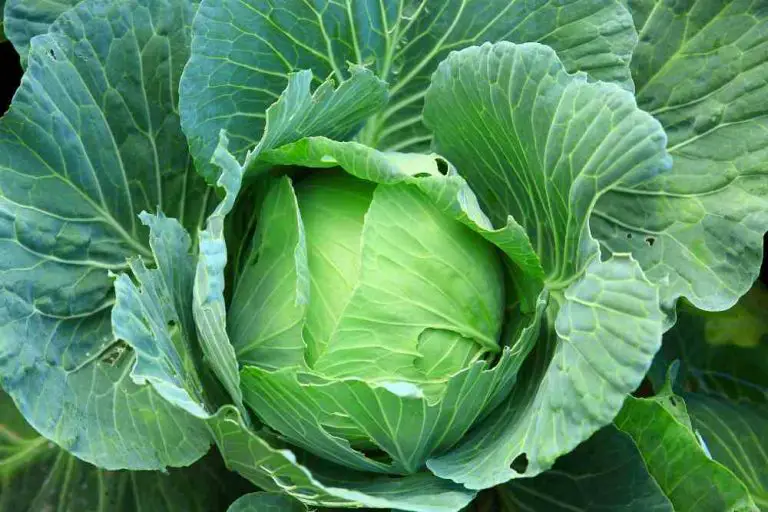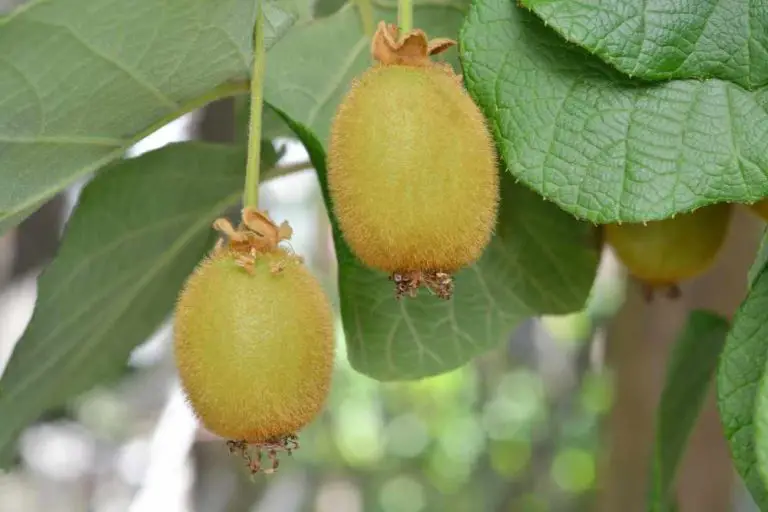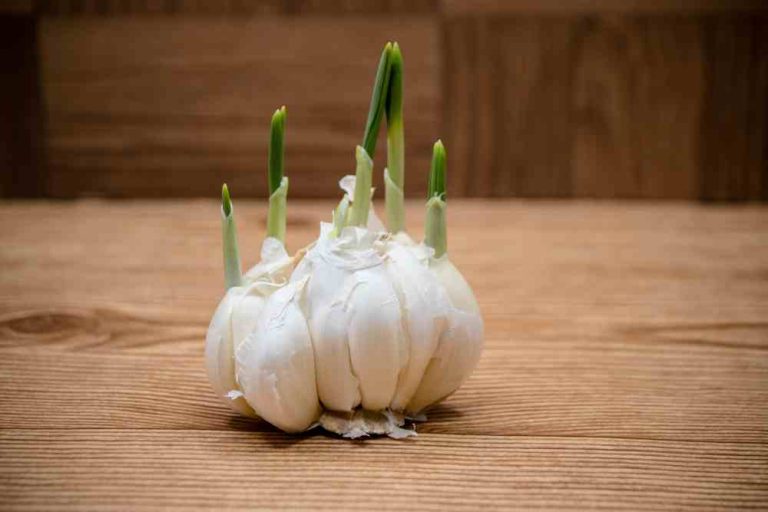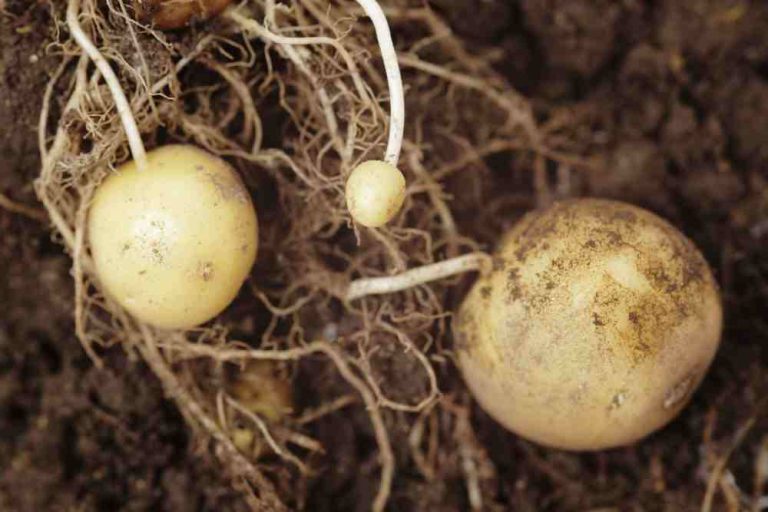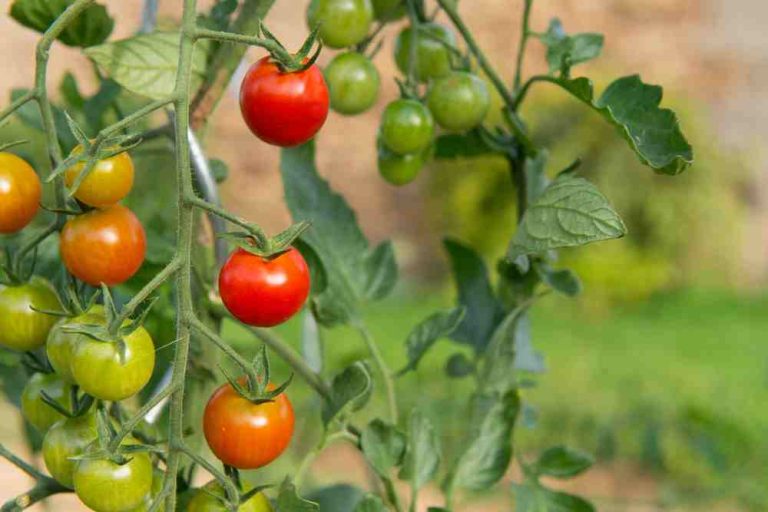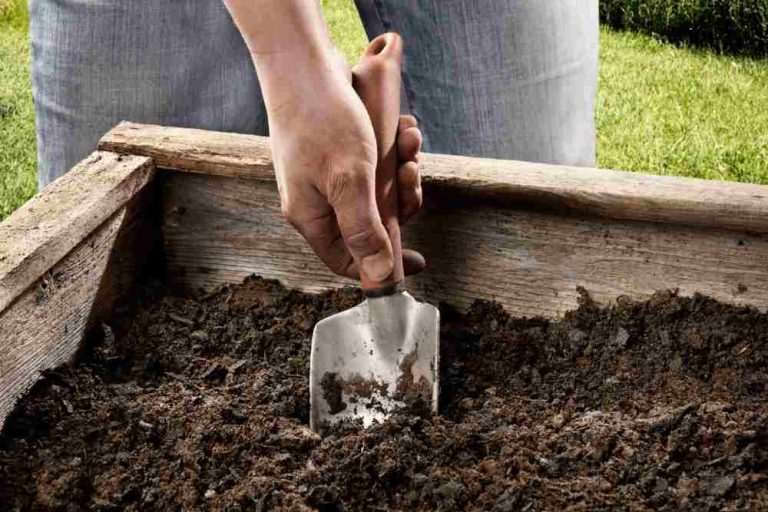How To Grow Celery At Home: A Comprehensive Guide
Celery (Apium graveolens) is a vegetable and herb belonging to the parsley family. It comes from the Mediterranean region of Southern Europe, as well as Egypt and Sweden’s marshlands. Apium graveolens L. is divided into three taxonomic varieties: Celery (var. dulee), celeriac (var. rapaeeum), and smallage (var. secalinum) are all varieties of celery.
It’s a cool-season biennial crop that’s commonly grown as an annual for fresh market use. It performs best when the weather is cool, especially at night. Celery is a versatile cooking ingredient that can be used fresh or frozen. Here is our best guide to how to grow celery at home.
What Kind of Celery Should Plant?
You can grow two forms of celery, but one demands a little more effort than the other:
Trenching Celery: To create crisp, light-colored stems, mound soil up against the stems with this form of celery. Some gardeners plant this sort of celery in trenches to make things easier.
Self-Blanching Celery: This form of celery doesn’t need to be mounded in the soil, making it a lot easier to grow.
Planting Celery in the Garden
Celery is a vegetable that can be grown in your garden. You can plant your celery in your garden whenever the temperature outside is constantly over 50 degrees Fahrenheit (10 degrees Celsius). Keep in mind that celery is particularly temperature-sensitive, so don’t plant it too early or it will die or become weak.
- Select a location that gets plenty of direct sunshine.
- Celery grows best in soil that has been treated with compost. Using a garden fork or tiller, loosen the soil to a depth of 12 to 15 inches. 2 to 4 inches of aged compost and /or manure should be incorporated into the soil. Alternately, use a 5- 10-10 fertilizer. Soil should drain well and moisture should be retained in the soil.
- The soil with a pH of 5.8 to 6.8. If you’re not sure what your soil pH is, get a soil test.
- Celery grows best in damp, slow-draining soil. Because wild celery grows in wet soil, you’ll have to provide constant watering for this demanding crop, while a sunny location should promote good, even growth. Because the seeds are so small, you’ll need to sow them with caution and a keen eye. Soak seeds in warm water overnight before planting. This will accelerate the germination process.

Sowing Seeds Indoor
- Fill seed flats/pots halfway with good-quality seed starting mix and level it carefully.
- If you live in a colder region, you should start your seeds 8-10 weeks before the final frost date. This usually falls between early and mid-March. Celery takes 3-4 months to mature, so sow in May or June for a fall harvest. Sow seeds in September or October for a winter crop. Since celery has a long growing season, it’s best to start celery seeds indoors.
- Press moistened seeds into seed-starting soil; do not cover with earth to ensure optimum germination. The simplest method for sowing the seeds is to gently tap the package over the surface of the potting mix and watch the seeds fall. Ideally, they should be approximately an inch apart. Firm the seeds into place once you’ve finished.
- To keep moisture in the beginning trays/pots, cover them in plastic wrap. Be patient; germination should take approximately a week, but it might take up to three weeks.
- Place a fluorescent grow lamp 3 inches above seedlings for 16 hours a day, as soon as they develop (plants need dark, too).
- Keep the temperature between 70 and 75o F during the day and 60 to 65o F at night.
- Mist on a regular basis. Transplant seedlings to individual peat pots or deeper flats with additional potting soil when seedlings reach 2 inches tall. In flats, plants should be spaced at least 2 inches apart.
- Harden off seedlings by reducing the water level and exposing them to the outdoors for a few hours each day before transplantation.
- Two weeks before planting, start acclimating celery to the outdoors: Allow your plants to stay outside for increasing periods of time each day, taking care to bring them back inside if cold threatens.
- Celery should be planted outside when the soil temperature reaches at least 50o F and nighttime temperatures do not dip below 40 degrees Fahrenheit. (Cold weather after planting celery can cause bolting.)
- Celery is voracious eaters. A well-kept bed with enough organic matter, composted manure, or compost is usually sufficient, but if your celery isn’t producing well, a nitrogen fertilizer application on a regular basis can assist.
- Thoroughly wet the area. Celery needs a lot of water. During the whole growing season, make sure to offer lots of water, especially during hot, dry weather. Celery stalks will be dry and small if not given adequate water. Magnesium and calcium deficits are common in celery. Organic soil supplements provide over 70 different trace minerals to the soil, can help prevent this.
Harvest and Storage
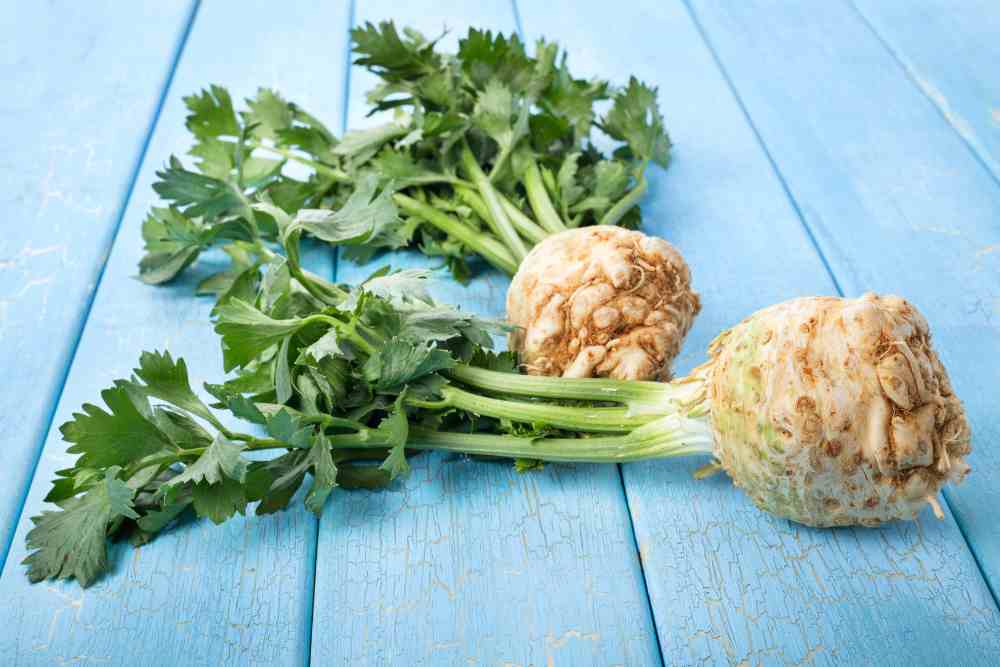
Between 85 and 120 days after transplanting, celery is ready to harvest. When the stalks measure at least 6 inches from the soil line to the first leaf, it’s time to cut it.
Pulling the stalks from the plant’s base or cutting them off with a knife are both effective methods. Individual stalks can then be bunched together and sold in a fresh market. This helps the plant to keep growing and provides several harvests over a longer period of time. As the stalks discolor and become pithy, the quality deteriorates. After harvesting, use chilled forced-air chilling to eliminate field heat, then pack them upright and preserve them at a consistent temperature; 32o F with 98% relative humidity is ideal.
Celery will keep for one to two months if stored correctly. Celeriac can be picked from late summer to early fall when the swollen root has reached a diameter of 3 to 4 inches. Some people wait until after the first frost of the season to harvest the root, which is claimed to “sweeten” it. Remove as much soil as possible during harvest, as well as the rootlets and all but 1 inch of leaves.
- 29 Luxury Bedroom Decor Ideas - October 18, 2024
- 29 Black Boho Bedroom Ideas to Transform Your Space - October 5, 2024
- 29 Western Boho Bedroom Ideas for a Stylish and Cozy Retreat - October 1, 2024


